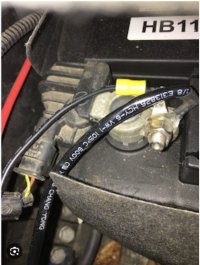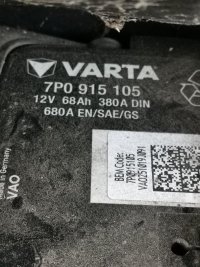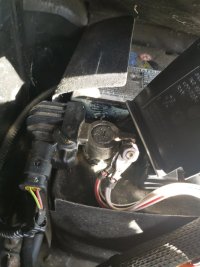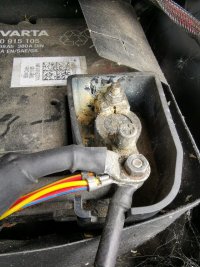Does your van have Stop Start? Does it have a shunt sensor on the negative terminal?
By the way, the picture above shows what not to do when you have a shunt sensor fitted. The wires connected directly to the battery post are bypassing the shunt and will cause the van to not recognise any drain through those wires, always connect earth's to a body earth point when the van is fitted with one of these sensors.
If you have stop start, and therefore likely a smart alternator, you would be better off with a dc-dc charger over the smart relay for charging the leisure battery.

By the way, the picture above shows what not to do when you have a shunt sensor fitted. The wires connected directly to the battery post are bypassing the shunt and will cause the van to not recognise any drain through those wires, always connect earth's to a body earth point when the van is fitted with one of these sensors.
If you have stop start, and therefore likely a smart alternator, you would be better off with a dc-dc charger over the smart relay for charging the leisure battery.



